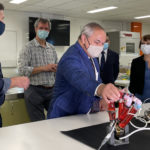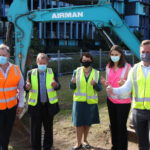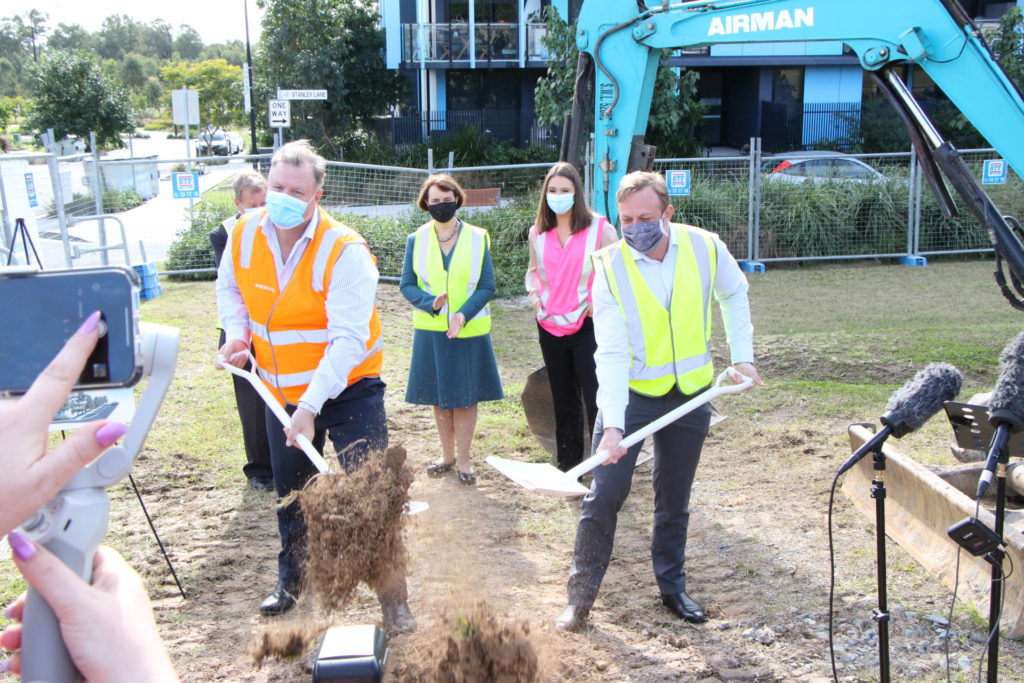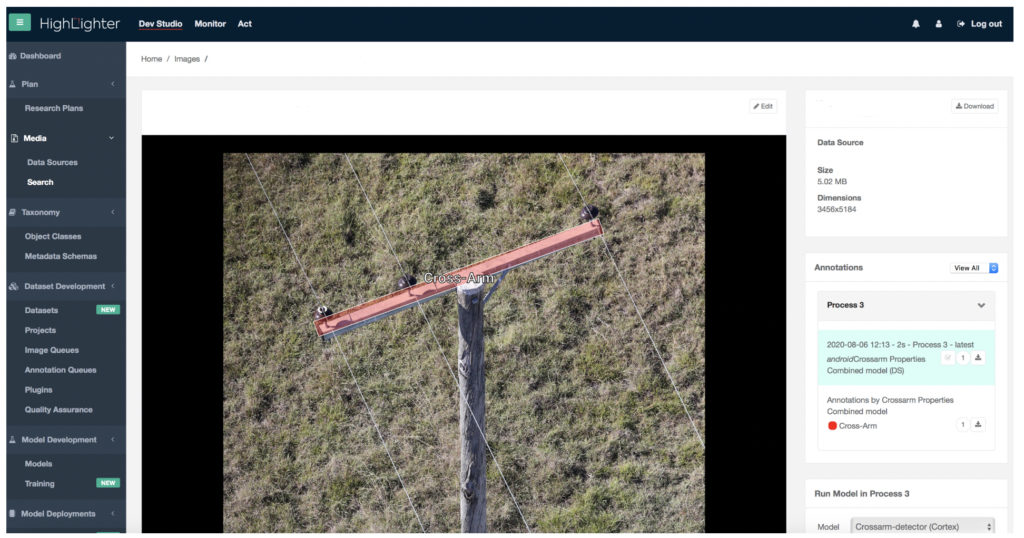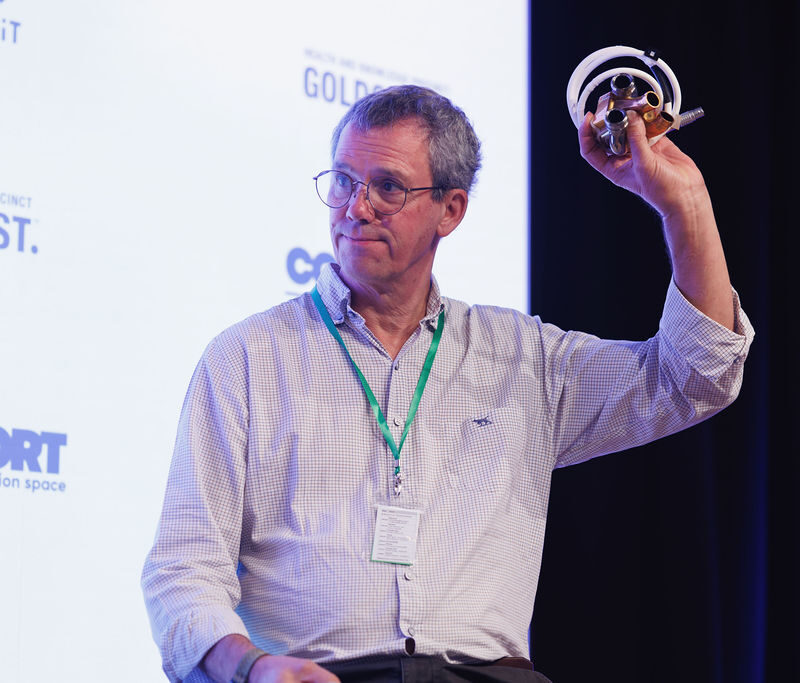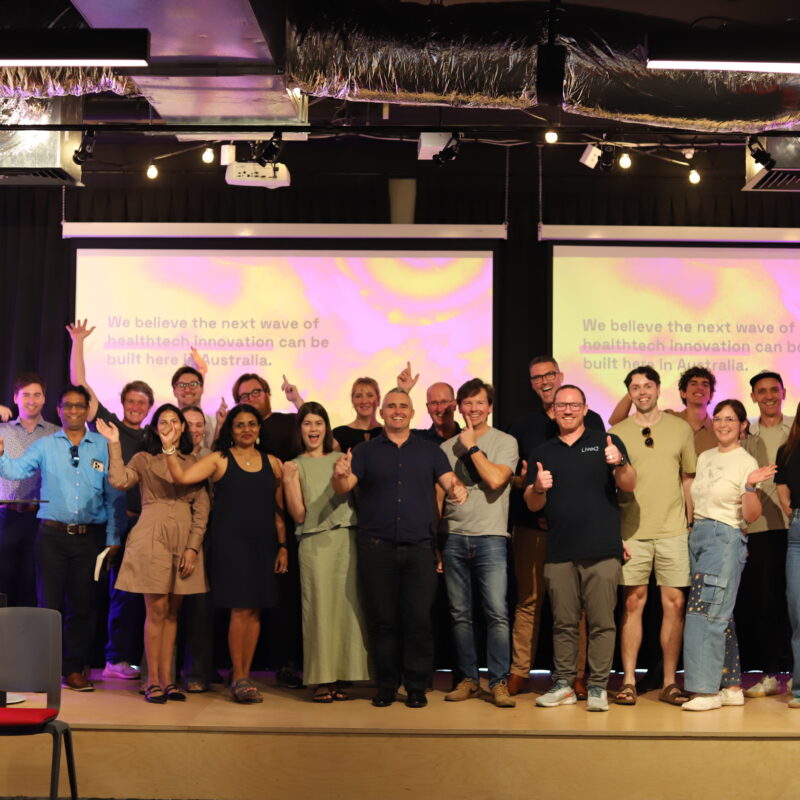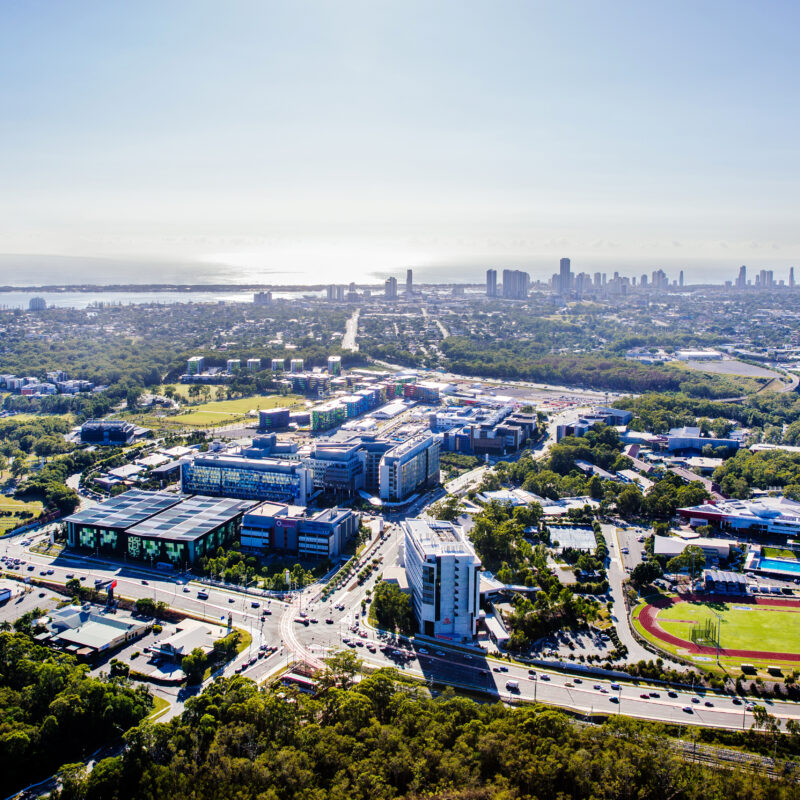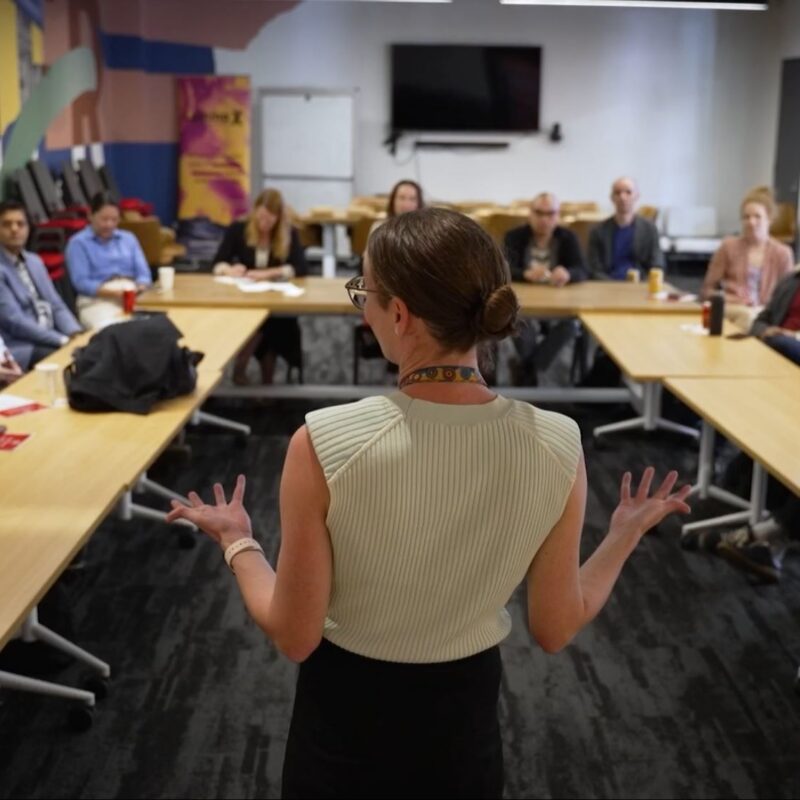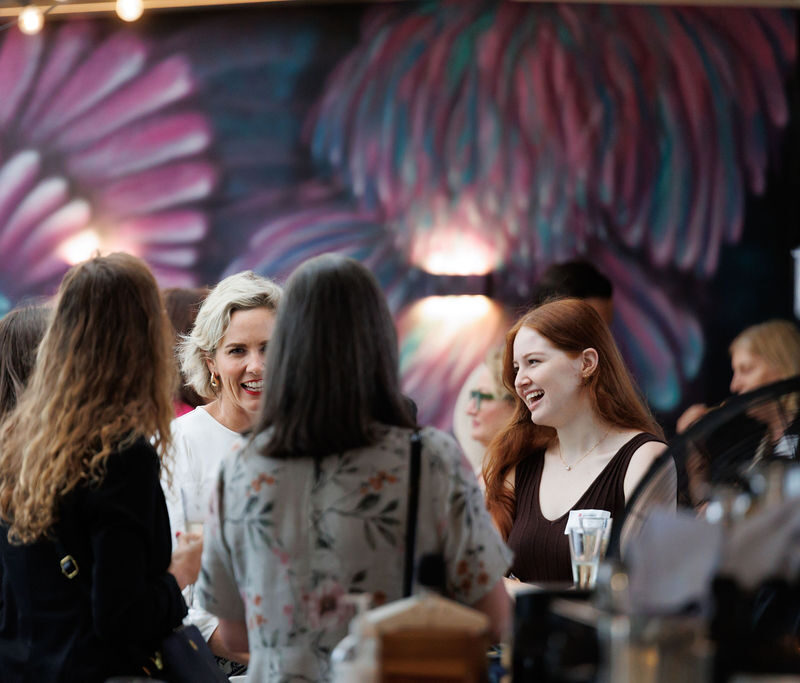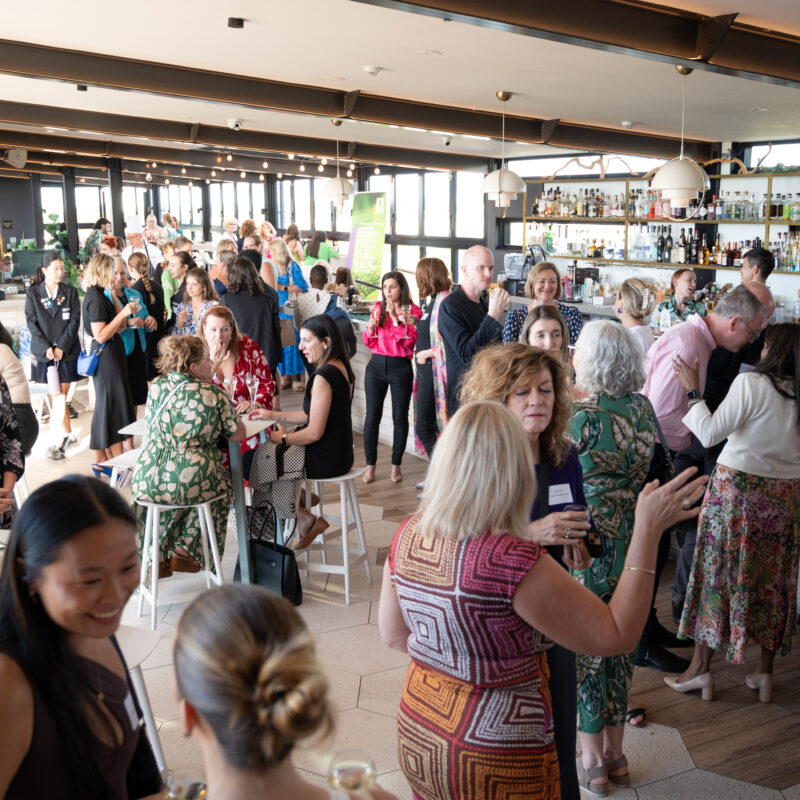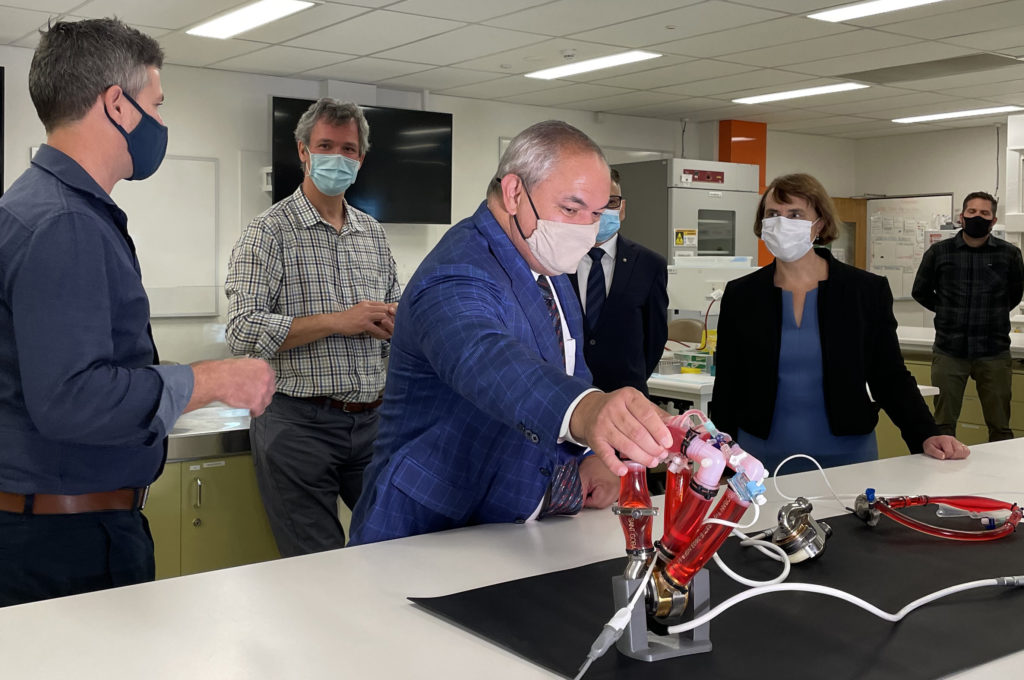
A US-based company behind the world’ first rotary artificial heart (BiVACOR), and another developing a novel surgical laser technology in Silicon Valley (Precise Light Surgical), have been joined by a Netherlands blockchain technology company (TYMLEZ) to base operations in the Gold Coast Health and Knowledge Precinct (GCHKP).
Investment attraction incentives endorsed by City of Gold Coast, together with strong research collaboration opportunities at Griffith University and the opportunity to link with the Precinct’s clinicians, helped attract the companies to join a growing cluster of medical, health and digital technology businesses.
Gold Coast Mayor Tom Tate joined Griffith University Vice-Chancellor Professor Carolyn Evans to welcome the companies into the Precinct, touring the university’s world-class mechanobiology lab to view the BiVACOR artificial heart being tested for optimum blood-flow, before visiting Cohort Innovation Space, where two of the businesses will be based.
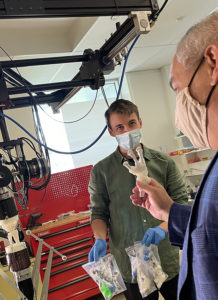
Mayor Tate, who also viewed Griffith-developed artificial wrist technology being tested on a specialised orthopaedic robot, says the GCHKP provides the perfect place for innovative companies to scale-up and grow knowledge-based jobs for the city.
“These companies are in the growth industries of the future and will build the ecosystem of innovation that is developing in the Precinct alongside Griffith University and the hospitals,” Mayor Tate says.
“Our incentives are aimed at supporting their early growth phases so that they can expand highly-skilled jobs here and undertake collaborative research locally to commercialise these exciting new technologies.”
BiVACOR, founded in Brisbane by biomedical engineer and CEO Daniel Timms and headquartered in Houston Texas, has based its international office and software, electronic hardware, and blood compatibility R&D in the Precinct as it continues collaboration with Griffith University’s world-class Mechanobiology Research Laboratory, and prepares its durable total artificial heart for use in the first patients.
Precise Light Surgical (PLS) will base its CEO, Australian R&D and commercial team in the Precinct and plans to roll-out Australian manufacture of its patented Optical Scalpel (O-Pel™) system that precisely removes selected tissue while sparing surrounding anatomy such as nerves and blood vessels. PLS has approval in Australia, the US, and Europe for more than 80 different surgical indications, across eight specialties.
ASX-listed TYMLEZ, founded in the Netherlands and also operating in Germany, offers enterprise-grade blockchain solutions with a focus on supporting clean energy sustainability, along with other opportunities to develop healthcare products that rely on secure, trackable and traceable data transfer.
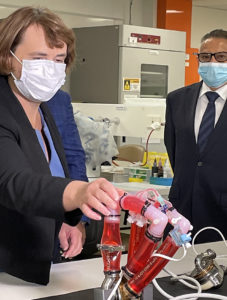
Griffith University Vice Chancellor Professor Carolyn Evans, who joined Mayor Tate on the visit to the university’s mechanobiology lab , said industry co-location was critical to taking research out of the lab and providing jobs for graduates.
“There is an increasing focus on linking university research with industry for commercial outcomes and social impact,” Professor Evans said.
“Working with these co-located companies, our researchers will be able to directly contribute to translating improved healthcare and initiatives for a sustainable future, while our students will have access to internship and training opportunities, and our graduates will have great local job opportunities.”
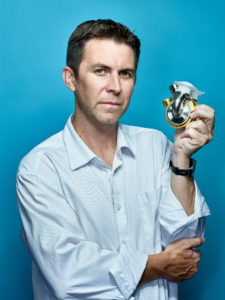
BiVACOR CEO Daniel Timms said the company, which has recently raised a further $22milion to develop its device as a viable alternative to transplantation for end-stage heart failure, was confident in the opportunity on the Gold Coast for successful research translation, and a smooth pathway to bringing the technology to the first Australian patients, as part of a consortium of universities and hospitals.
“After coming back from the US where we work very closely with the world-renowned Texas Heart Institute, to see the expansion of this area was really attractive for us to bring our technology back to work with a world-leading laboratory at Griffith, which didn’t exist when we started almost 20 years ago,” Mr Timms said.
“Central to our device is one spinning disk that pumps the blood, and we use magnetic levitation technology so that it is suspended in the blood and there is no mechanical wear, which has been the limitation of artificial hearts to date, with pulsing sacs that will eventually wear out and break.
We’re going to be able to have a situation where the heart device is unlikely to fail, and the patient is able to rely on their implanted artificial heart to pump the blood they need for the rest of their life.”
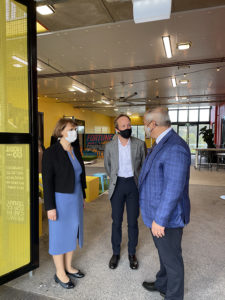
Precise Light Surgical CEO Richard Nash, an experienced medical technology executive with more than 10 years in management with industry giant Medtronic, said support from City of Gold Coast added to the attractiveness of the Medtech ecosystem in Southeast Queensland as an Asia Pacific base, working alongside their global headquarters in Silicon Valley.
“The Gold Coast has much more to offer than just lifestyle. We see it as the icing on the cake,” Mr Nash says.
“The GCHKP offers a unique opportunity for medical device companies, in having major hospitals and a reputable university. Combined with all resources within Southeast Queensland, the region provides everything required to establish and commercially scale a technology company.
There is significant opportunity for future market validation clinical trials, with an initial company focus on robotic urology procedures in Australia. PLS has also entered discussions with Gold Coast Health and Gold Coast Private Hospital about undertaking local real-world Ear, Nose and Throat (ENT) clinical registries.
In 5 years, we hope to have built a successful international HQ on the Gold Coast, with local APAC manufacture and significant employment.”

TYMLEZ CEO Daniel O’Halloran, said local connections and support, together with its growing Australian investment base, were key factors in the decision to shift the Rotterdam-based company’s global headquarters down-under, where they can combine their European expertise with local talent.
“Our software is designed to create enterprise-grade solutions that can build and manage blockchain-based ecosystems as quickly and as cost-effectively as possible, replacing traditional databases with decentralised records that can’t be disputed,” Mr O’Halloran said.
We are focusing our product development on disruptive applications to enhance sustainable green energy through smart buildings and smart cities, while also enabling exploration of major healthcare opportunities for our platform software.”
The three new companies join Belgian-based global 3D printing pioneer Materialise, who located key Australian staff onto the Griffith campus in 2018 to work alongside experts at the university’s Advanced Design and Prototyping Technologies facility and grow opportunities for medical additive manufacturing.
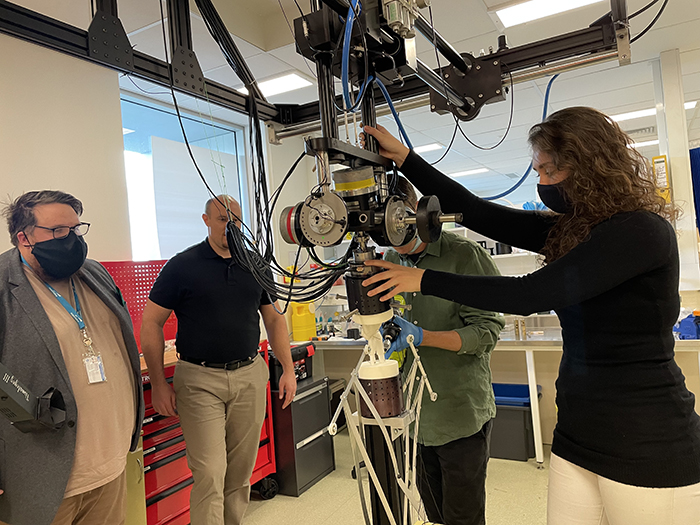
The Health and Knowledge Precinct, with Griffith University on the Gold Coast is the place we chose to be, and we believe that for medical device companies in Australia and globally it is the place to be for the future
Kyle Shapland, Materialise Australia Business Manager
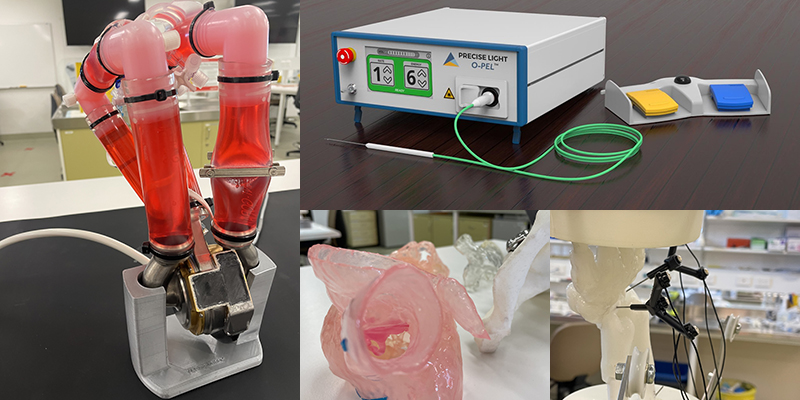
The COVID-19 pandemic has also seen increasing interstate interest in the GCHKP, with Melbourne-based artificial intelligence (AI) company Silverpond recently locating a Queensland team to service its energy and utilities clients, and to collaborate with an emerging cluster of AI in healthcare businesses, led by local data-driven technology company Datarwe, which has developed an acute care medical research data platform.
PLS is setting up an office and lab space at Griffith University, while BiVACOR and Tymlez are based at the Cohort Innovation hub, within the Queensland Government’s Lumina commercial cluster in the Precinct.
